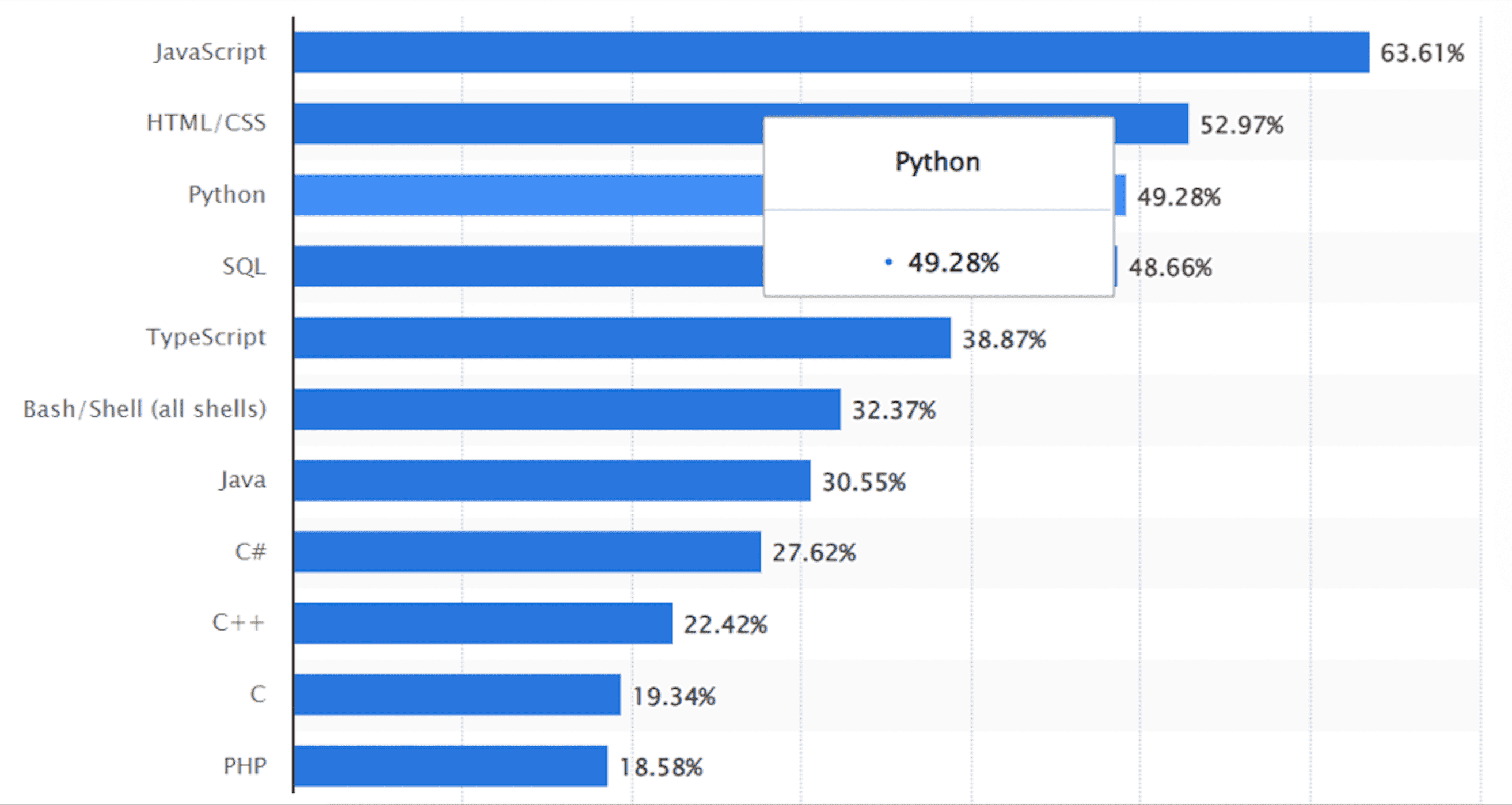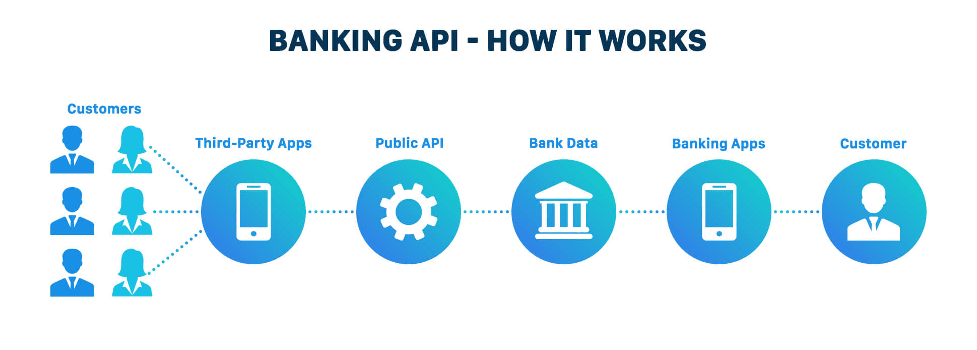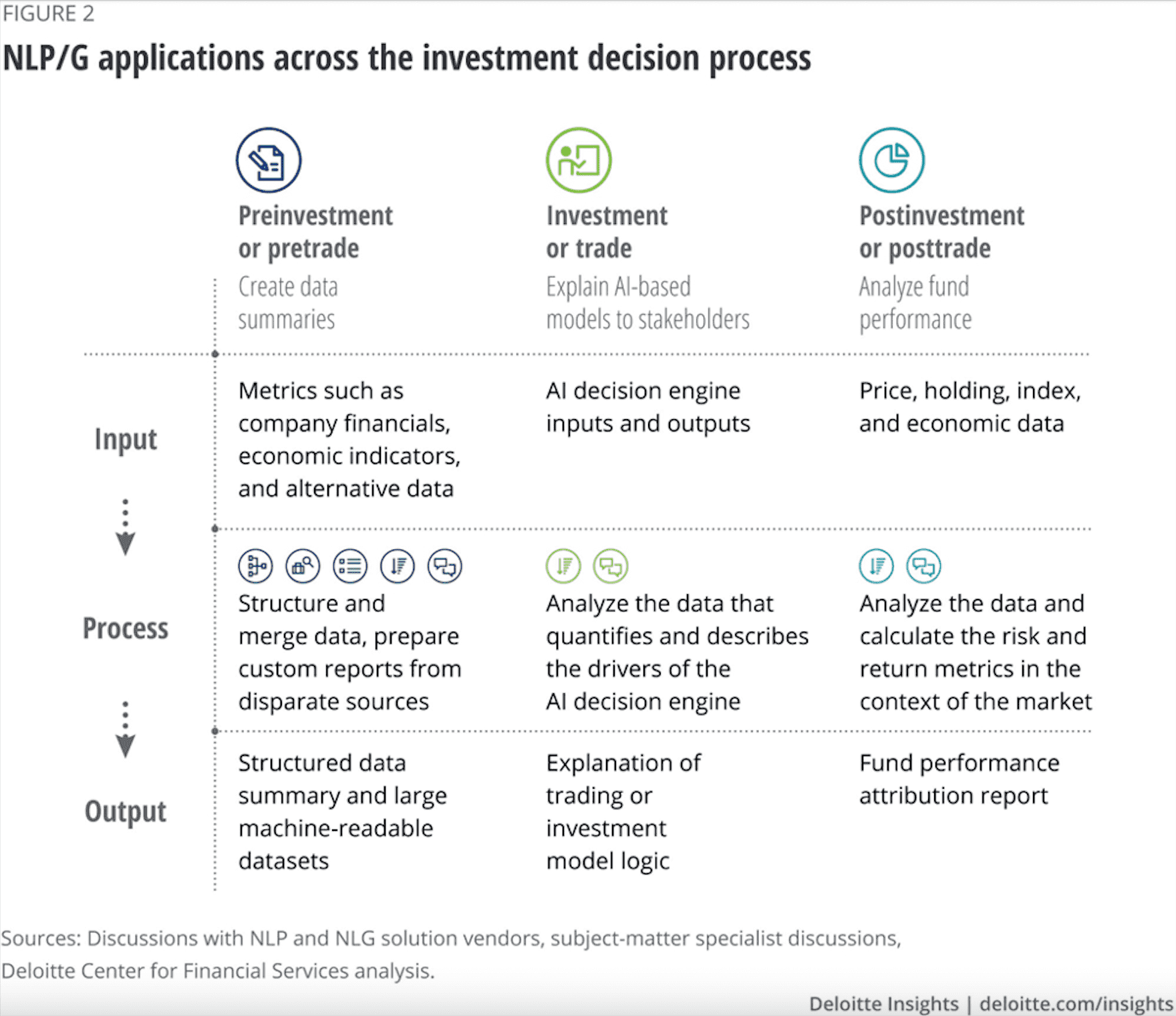With an ever-growing interest in finance and investing, creating an investment platform can be a lucrative opportunity. In this article, we will explore critical insights and actionable tips to guide you through digital investment platform development. From choosing the right technology to regulatory compliance, our comprehensive guide will equip you with the critical knowledge needed to enter the world of investment platforms.
What is an Investment Platform
An investment platform is a digitized financial service or tool that allows investors to efficiently access and manage various investment vehicles, such as stocks, bonds, mutual funds, exchange-traded funds (ETFs), options, futures, cryptocurrencies, and real estate. This platform offers a user-friendly and convenient way for investors to buy, sell, and trade assets, monitor their portfolios, conduct research, and access educational resources to make informed investment decisions.
Investment platforms can be accessed via online brokerage platforms, robo-advisors, peer-to-peer lending platforms, cryptocurrency exchanges, and real estate crowdfunding platforms. Additionally, each platform type provides diversified features, fees, and support services that cater to different investment needs and strategies. As such, the selection of the right investment platform highly depends on the investor's objectives, preferences, risk tolerance, and desired level of engagement in managing their investments.

One of the driving forces behind online investing market growth is the increasing popularity of robo-advisors, which are digital platforms that use algorithms to provide automated investment advice and portfolio management.
A tremendous increase from even as recently as 2017 will be seen in the amount of money managed by robo-advisors in 2023, according to research from Statista Market Insights. Assets under management are anticipated to surpass $4.5 trillion by 2027. Over the previous six years, the estimated total revenue of robo-advisors has likewise grown rapidly. While it was only $7.1 billion in 2017, market sales are projected to reach approximately $110 billion by 2023.
According to Market Data Forecast (2020), the global market for robo-advisors will expand between 2020 and 25 at a CAGR of 53.4%. By 2025, that will result in revenues of USD 97.03 billion.
Investment Platform Types
In today's digital landscape, various investment platforms offer different features, benefits, and opportunities for investors to grow and manage their wealth.
- Online brokerage platforms allow investors to buy and sell stocks, bonds, and mutual funds with ease. Examples of online brokerage platforms include E*TRADE, Charles Schwab, and Fidelity.
- Robo-advisors automate the investment management process by using algorithms to create and manage portfolios customized to an investor's needs and goals. Robo-advisors like Betterment, Wealthfront, and Vanguard's Digital Advisor offer low fees and hands-off investing options.
- Peer-to-peer lending platforms are also gaining popularity amongst investors. These platforms facilitate loans between individuals or businesses without the need for traditional financial intermediaries. This creates a potentially higher return opportunity for investors. Examples of peer-to-peer lending platforms include LendingClub, Prosper, and Funding Circle.
- Cryptocurrency exchanges allow investors to buy, sell, and trade digital currencies such as Bitcoin, Ethereum, and Ripple. These platforms have gained popularity over the years, with Coinbase, Binance, and Kraken being some of the most well-known cryptocurrency exchanges.
- Real estate crowdfunding platforms enable investors to pool their money to invest in various real estate projects, such as residential properties, commercial buildings, and land development. These platforms offer investors low minimum investment requirements, diversified portfolios, and potentially stable returns. Examples of real estate crowdfunding platforms include Fundrise, RealtyMogul, and CrowdStreet.
Transform your vision into reality with Clover Dynamics.
Get in touchInvestment Platform Features
Here are some of the main features of investment platforms:
Diverse Account Types
Investment platforms offer a variety of account types, including individual, joint, retirement, and business accounts. Each account type has specific features and benefits depending on the account holder's investment goals. Individual accounts are typically the easiest to set up and maintain, while joint accounts provide a convenient way for couples or business partners to pool their resources. Retirement accounts, such as IRAs and 401(k)s, give tax benefits for long-term savings, while business accounts enable legal entities to manage their investments.
Investment Options
A wide range of investment options, including stocks, bonds, mutual funds, exchange-traded funds (ETFs), and other financial products can be found on most digital investment platforms and apps. Some platforms offer access to alternative investments, such as private equity and real estate investment trusts (REITs).
Portfolio Management
Investment platforms provide tools for portfolio management, enabling users to monitor their investments, track performance, and make changes as needed. Many platforms offer automated investment management services that use algorithms to rebalance portfolios and adjust asset allocation based on the user's risk tolerance and investment goals.
Education and Research Resources
Often, educational resources and research tools help users make informed investment decisions. These may include articles, videos, webinars, and other resources aimed at improving financial literacy and helping users understand how to invest wisely.
Fee Structures
Investment platforms charge different types of fees, such as trading fees, annual maintenance fees, and advisory fees. Some platforms charge a flat fee per transaction, while others charge a percentage of the assets under management. It's essential to understand the fee structure of a platform before investing to ensure that the costs don't eat into investment returns.
Security and Regulation
All types of investment platforms must adhere to regulations and security standards to ensure the safety and privacy of user accounts and data. The Securities and Exchange Commission (SEC) provides oversight for investment platforms and requires them to maintain certain standards of data encryption, cybersecurity, and other security measures to protect user accounts from hacking, fraud, and theft.
Building a Digital Investment Platform
Developing an investment platform requires a thorough consideration of various aspects beyond agility and understanding the target audience. It is essential to have a clear understanding of the investment landscape, regulatory frameworks, risk management, and security measures. Moreover, the platform must be able to cater to different levels of investors, from beginners to experienced ones.
So, how to create an investment platform that will be beneficial and successful? Let's figure out all aspects that need consideration.
UI/UX
To communicate efficiently with investors, the platform must have a user-friendly interface. It should be easy for users to navigate through the platform, access investment options, track their investments, and receive timely updates. The platform must provide a comprehensive selection of financial products and investment options, ranging from stocks, exchange-traded funds (ETFs), bonds, mutual funds, and alternative assets such as real estate, commodities, and cryptocurrencies.
Another important aspect of investment platform development is user flow development. User experience (UX) design is particularly important here, as investment platforms are often complex and require users to provide a significant amount of information. This information is often presented in tables and graphs that can be confusing and overwhelming to first-time users. UX designers need to carefully consider how information is presented, breaking it up into smaller, more digestible chunks and providing hints and guidance as needed to help users navigate through the process.
Regulatory Compliance
Regulatory compliance is a crucial aspect of financial services and plays a vital role in ensuring the safety and security of customer investments. In the context of online investment platforms, regulatory compliance becomes even more critical, as the risk of fraudulent activities and cyber threats is much higher.
For instance, in the United States, the Securities and Exchange Commission (SEC) is responsible for overseeing regulatory compliance for online investment platforms. Specifically, the SEC regulates both online brokerages and robo-advisors, which provide automated investment advice and management services. To ensure regulatory compliance, these platforms must follow strict guidelines on data protection, anti-fraud measures, and customer protection.
Moreover, the Financial Industry Regulatory Authority (FINRA) also regulates online investment platforms in the US. FINRA is responsible for supervising the activities of broker-dealers and ensuring they comply with all regulatory requirements. In addition to data protection and anti-fraud measures, FINRA also mandates platforms to adhere to strict risk management and operational guidelines.
Risk Administration
Risk management is an integral aspect of investment platforms. Risk management tools such as diversification, asset allocation, and portfolio rebalancing must be present in the platform to mitigate risks. Moreover, the platform must provide detailed information about the risks associated with each investment option to help investors make informed decisions.
Third-Party Integrations
One of the most important aspects is third-party integrations with financial institutions that provide important financial information about customers to the platform. This information is critical to assessing their creditworthiness and providing investment suggestions. However, there are several important considerations when integrating with financial institutions, including differing operating hours and regulations in different countries and time zones.

Source: SDK.finance
Multi-Language Support
Designing an investment platform involves consideration of the specific needs of its users, including language and cultural differences. Multi-language support is important for ensuring that the platform is accessible to users all over the world, but developers must keep in mind potential layout issues and other challenges that may arise when working with different languages and character sets. Ultimately, a successful investment platform requires careful planning, attention to detail, and a deep understanding of the needs of its users.
Customer Support
Finally, when developing an investment platform, it is crucial to have reliable customer support services. Investors must be able to contact support agents easily and receive prompt support in case of any issues or concerns. The platform must have comprehensive FAQs, guides, and tutorials to help investors understand the platform's features and investment options.
Investment Platform Data Security
Securing data on an investment platform is of utmost importance in today's digital world. A complex system's security depends on the weakest link in every subsystem. A security breach can lead to significant financial losses and, most importantly, can put the client's sensitive information at risk. Thus, it's vital to ensure that all data, including login credentials, personal details, and financial transactions, are protected on all levels of the platform, be it website, web, or mobile app.
To ensure top-notch fintech app security, it's critical to follow some standard protocols. For instance, it's essential to always use the latest TLS protocol. The current version in use is 1.3, which provides secure encryption of data transmitted through the public network to the client's browser. TLS 1.3 uses AES encryption with a 128- or 256-bit-long key, which is considered the industry gold standard.
However, securing the website or app using the TLS protocol is just the beginning. It's essential to make sure that the authorization and authentication processes are also secure. A standard login/password flow may not be sufficient to protect the investment platform users from their own actions. Therefore, it's crucial to add an extra layer of security to the authentication process, such as two-step authentication. Depending on the user's device, two-step authentication could mean a phone call, a text message, an authorization app, or even biometrics (fingerprint, Face ID, etc.).
To further improve security, users should be allowed to manage sessions opened from different devices, while the tech support team or the user should be able to pinpoint fraudulent activities via access or session logs. Moreover, innovative investment platforms can also leverage intellectual systems based on AI for this purpose.
If the investment platform allows sharing data or giving limited access to third-party consultants or accountants, adding granular access control and a detailed audit trail can bolster the security level further. The audit trail can help to keep track of data access and user activity, making it easier to identify any potential security threats.
During the development process, securing the source code, infrastructure configurations, and cloud resources is also essential. To ensure maximum security, code repositories must be protected with the RSA cryptosystem, two-factor authentication for developers, secure password policies, and robust access control. Trusted development teams can make a noteworthy contribution to maintaining the highest level of security.
How can we help you achieve your digital goals?
Get in touchImplementing Advanced Technologies
As the financial industry continues to evolve rapidly, investment platforms are incorporating advanced technologies to offer better user experience, efficient operations, and wider investment options. Here are some of the 2023 fintech trends that can add value to an investment platform:
- Blockchain: A blockchain-based investment platform can provide secure and transparent transactions between parties, eliminating the need for intermediaries. Blockchain can also enable the creation of decentralized finance (DeFi) products, such as smart contracts and decentralized exchanges, providing users with greater control over their investments.
- Virtual Reality (VR) and Augmented Reality (AR): VR/AR can be used to create a realistic and immersive trading environment. Users can visualize complex data, analyze market trends, and place trades in a virtual world. Additionally, VR/AR can be used for educational purposes, providing users with interactive simulations and tutorials.
- Artificial Intelligence (AI): AI can be used to analyze vast amounts of data, learn from patterns, and make data-driven recommendations. An AI-powered fintech platform can provide personalized investment advice based on a user's financial goals, risk tolerance, and investment history. It can also analyze market trends, news, and social sentiment to assist in the decision-making process. Additionally, AI can aid in fraud detection and prevention.
- Natural Language Processing and Generation (NLP/G): NLP can be used to analyze user-generated content from social media, financial news, and other sources. It can provide insight into market sentiment, allowing investors to make well-informed decisions. NLP can also assist in customer support by providing immediate responses to user queries. Depending on the process stage, businesses may use NLP and NLG differently: Information gathering and curation prior to trading, AI decision engine control of trading backed by AI, and portfolio and performance reporting following trading can all be supported by NLP/G.

Final Word
Developing an investment platform requires extensive research, planning, and implementation of various components such as regulatory compliance, risk management, security, user experience, and customer support. Clover Dynamics can help you build a solution to attract and retain investors, enhance their investment decisions, and ultimately lead to your and their success.







